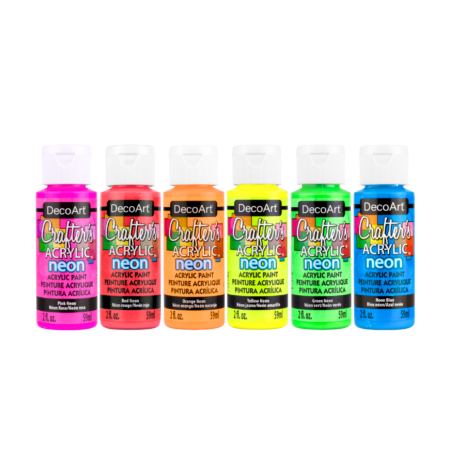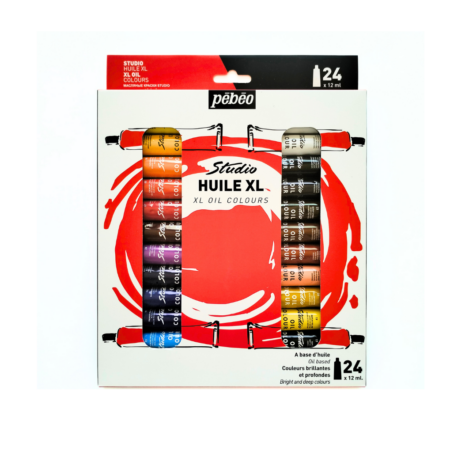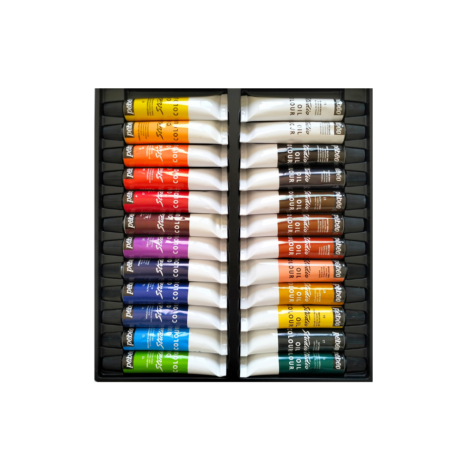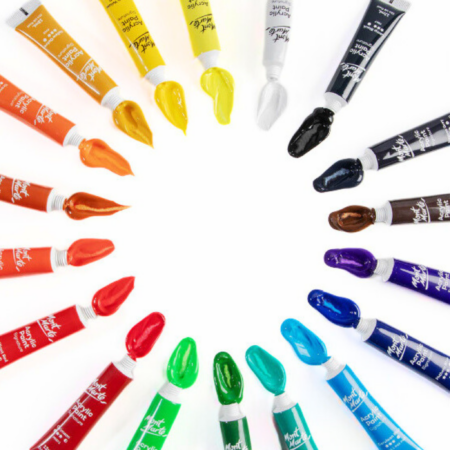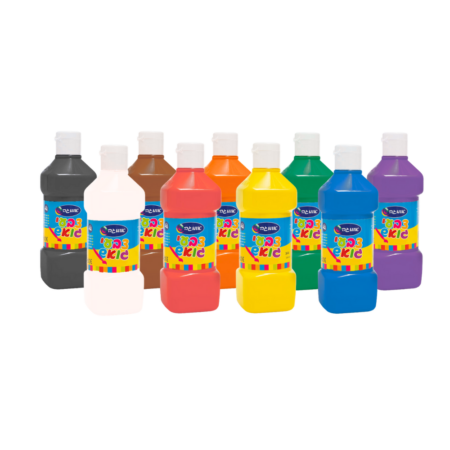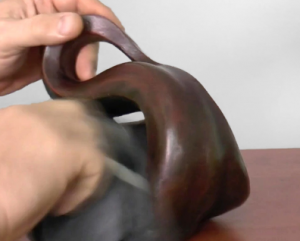Blue is one of the three primary colors. The light blue color has the shortest wavelength and the highest frequency of the three primary colors.
Wavelength: 450-495 nm
Frequency: 606-668 Terahertz
The complementary color to blue is The orange color By color wheel.
Meanings of the color blue
The color blue is mainly associated with the colors of the sky and the sea, which enhance its quality as one of the elements of the world. The sky appears blue to us during the day as a result of Rayleigh scattering of sunlight. One of the important properties of dispersion is that waves with a short wavelength are scattered more than waves with a long wavelength. So in fact, we see the blue light in the sky and the sea, which has the shortest wavelength compared to the red light and the yellow light, which are scattered in space and absorbed by the water (which is transparent).
The shades of blue have a positive effect on the body and mind. The blue color creates a feeling of freshness, airiness and space. Blue instills ease, relaxation, patience, satisfaction, confidence, trust and inspiration. Similarly, blue conveys peace, calmness, honesty, honesty, stability, loyalty and faith. The color blue is seen in different cultures as representing peace and unity, and having the ability to protect against the evil eye and evil spirits. In various religions, blue is considered a color of holiness. The blue represents the throat chakra and therefore connects to communication.
At the same time, not all shades of blue convey calmness. Shades of electric or saturated blue evoke movement, dynamism and drama. Other blue shades can produce a feeling of coolness, melancholy and sadness. A dark and deep blue shade conveys intellect and elegance.
Indigo blue is a symbol of the inner psyche, intuition and cosmic consciousness. The color indigo is similar to the color of jeans, or the night sky with a full moon. Indigo is associated with mental ability. In healing, indigo is used for relaxation, sedation.
Blue color in art - useful tips for painters
The blue color is a basic color and cannot be obtained by mixing other colors. There is a wide range of blue shades, the well-known ones used for painting are indigo blue, ultramarine, pale blue, cobalt blue and cerulean blue. Blue color is used to darken and create a shadow on objects in orange tones, which are complementary colors.
Pigments of blue color
Indigo blue. Pigment PB60.
Indigo is a color between blue and purple, valuable and difficult to produce, which was used in ancient times to paint the ceiling of palaces in Europe. Indigo, which came to Europe from distant India and the Far East, is an elusive shade that the human eye is not always able to identify and many do not distinguish between it and the colors close to it, blue and purple. The name was given to the color by the famous explorer Isaac Newton, after the indigo plant, also called indigo, or indigofera. The indigotine dye, from which the indigo color was created, was also produced in ancient times from the istis plant and the crimson snails. Indigo can be made by mixing any shade of blue with black.
Petalo blue. Pigment PB15:4.
Considered the coldest shade among the blues.
Ultramarine blue. Pigment PB29.
Ultramarine pigment is suitable for any painting medium. Contains red, warm blue hue. The origin of the name ultramarine is from the Latin ultramarinus = "beyond the sea", because the pigment was brought to Europe from mines in Afghanistan by Italian traders in the 14th and 15th centuries. During the Renaissance, ultramarine was the finest and most expensive blue. Its price was higher than the price of gold. Renaissance painters often used it for the clothes of the Virgin Mary and a symbol of holiness and humility. In Persia in the 12th century, the process of producing the pigment was designed by grinding and processing the stone into pieces of lazuli, a long and expensive process, and led to an uneven color. In 1826 synthetic ultramarine was invented. Its production process has been improved to an easy and cheap production of an alternative color, mixed with a semi-transparent acrylic medium. Ultramarine pigment can be made by heating clay, baking soda, sulfur and coal in a kiln.
Cobalt blue. Pigment PB28.
Cerulean blue. Pigment PB35.
Famous works in which a blue color stars
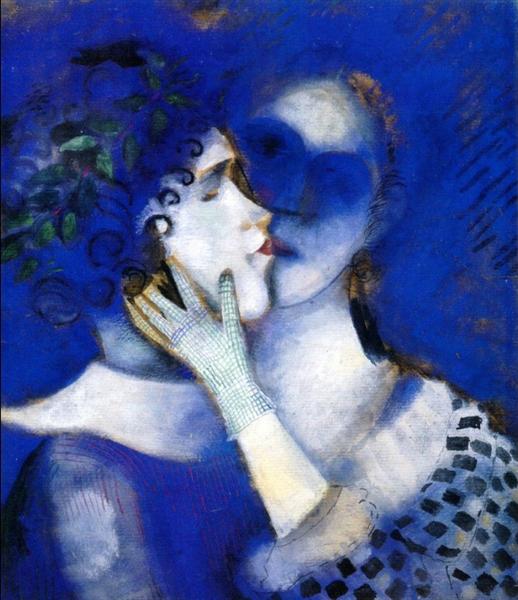


Colors - explanation, meanings and tips:
red | yellow | blue | white | black | green | orange | pink | purple | Heat | gray | Gold | Of money | bronze



